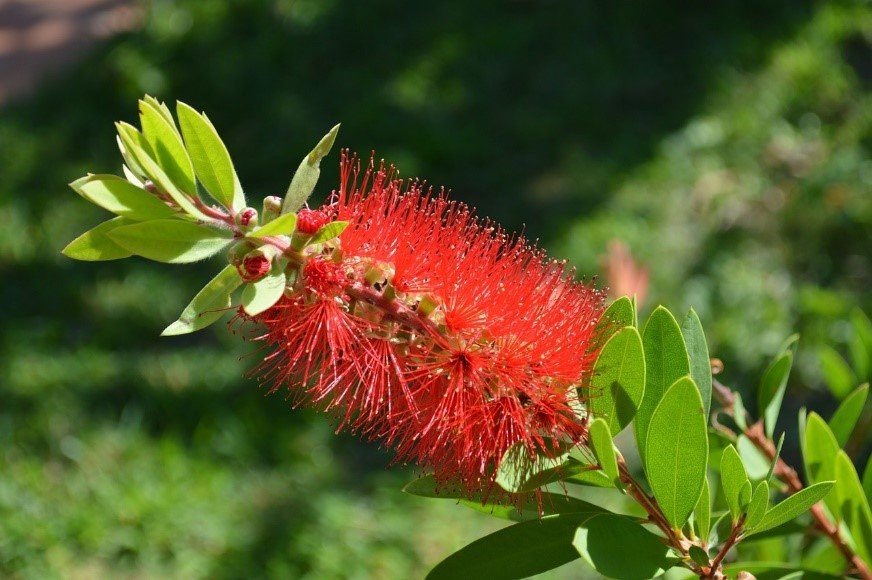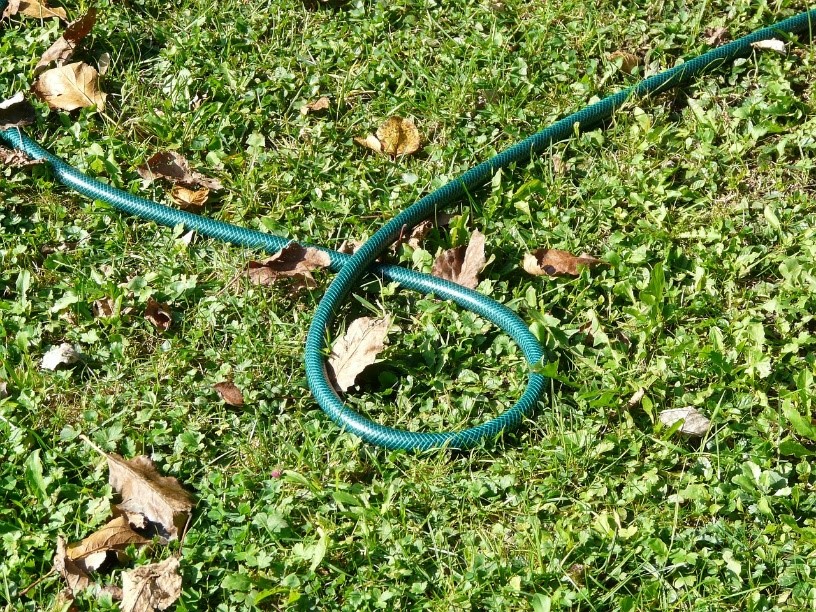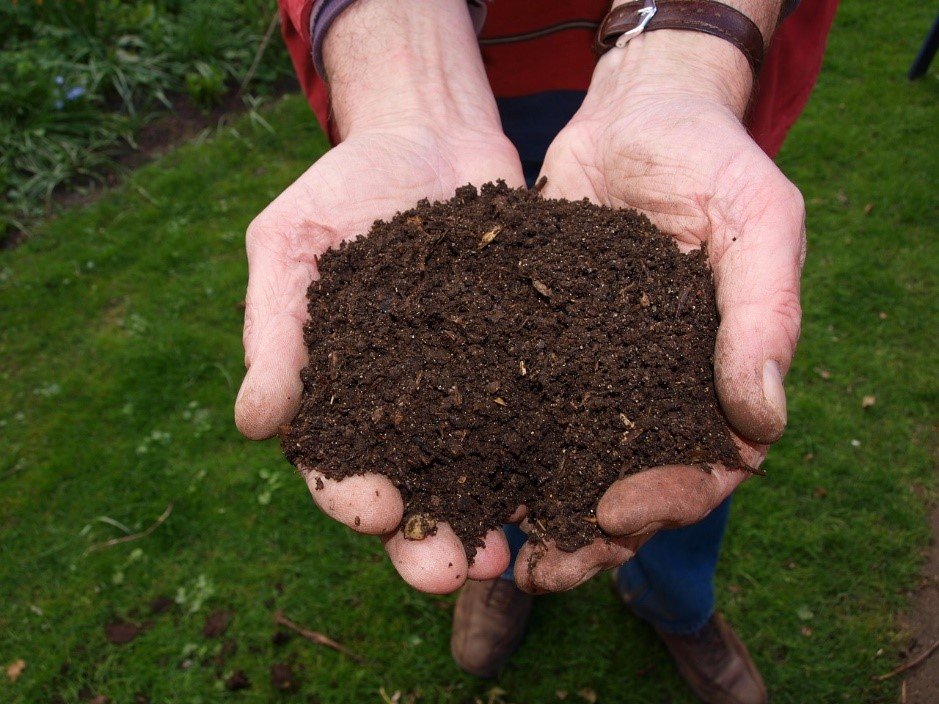The design of a sustainable home should be inclusive of the outdoor space; sustainable landscaping is a particular approach to designing and constructing the outdoor area of the home to improve the existing natural landscape.
The landscape should be either low or self-maintaining and be able to weather the natural cycles of weather and climate to the native environment. It means complementing the natural landscape as well as ensuring that it is economically and environmentally sustainable in the future.
Here are seven ways to create a more sustainable landscape:

Using native plants
While sustainable landscaping is about more than planting native species, a large part of creating a landscape that harmonises with the local climate is incorporating plants that will work with the soil and weather patterns.
Native plants that perform well may include exotics from similar climatic zones as they should ideally survive without the need for excessive watering or maintenance.
E.g. Lawns are common in Australian backyards, but they require high levels of maintenance. However, due to the popularity of lawns, it’s important to note that the needs of lawns can be minimised by:
- Using drought-tolerant native grasses that retain the appearance of a conventional lawn.
- Reducing the extent of lawn and replacing it with a mix of groundcovers and hardy garden beds
A landscape using native plants links your home to the nearby bush and many animals, especially small lizards may use your garden for habitat. However, avoid natural weeds which may spread into vegetation.
Vegetable Patch
The traditional Australian block of land enabled a family to be able to grow food. Growing vegetables is a way of reducing our footprint by reducing reliance external sources to obtain it from elsewhere.
There’s always a space for food production, and vegetable gardens can usually be made in raised garden beds requiring fertile soils with good drainage, regular watering and moderate amounts of sunlight depending upon the climate.
Landscaping practices like permaculture take an approach using ecological principles to create sustainable environments with an emphasis on food production and resource conservation.
Keeping chooks in your backyard can be beneficial, but check with your local council for regulations and requirements.

Conserving water
Houses cover areas of previously natural landscape where rain soaked the vegetation, so it’s important to collect, store and use as much stormwater from your property as possible.
Water bodies like ponds and water features can be integrated into a sustainable landscape solution as part of a passive overall water management system.
Native species are usually the best for Australia’s low rainfall conditions, and low water-use vegetation can significantly reduce the need for supplementary garden watering.
Another great way to conserve water is to use efficient irrigation techniques, providing water in controlled quantities to various plants depending on their needs. With a series of well-placed sprinklers, you can cover a wide area in your landscape with ease.
Natural landscaping materials
Consider recycling site materials such as excavated rocks and using sustainably sourced timber or timber composite products in preference to imported rainforest timbers.
Wherever possible, employ recycled materials and avoid excessive amounts of paving which can contribute to microclimate heating and reduced site permeability.
Natural shade
Sustainable landscaping can be applied to create shade and also provide privacy from surrounding buildings. When considering the site, take into account of existing vegetation which can create great areas for recreation.
Planting shading trees will help cut your air conditioning bills in summer, and if they’re deciduous, In the fall they will drop their leaves allowing more sun to shine into your home and so contribute to reducing heating costs.
Solar-powered lighting
By using of solar lights, homeowners may design a residential landscape in a way that is better for the environment while also reducing energy bills.
They are an excellent way for homeowners to reduce their footprint as they run off stored energy throughout the day. This means homeowners can light their gardens through the night with no additional power consumption.
Natural substances/fertilisers
Composting organic kitchen and garden waste improves the soil and saves you money on chemical fertilisers. Not only that, a generous layer of mulch on the exposed soil around plants and trees can help reduce the loss of water through evaporation.

By creating hydrazones, you prevent the water in the soil from evaporating which ensure that plants get ample moisture without frequent irrigation.
Sustainable landscapes have a smaller impact on the natural setting than traditional landscape designs, which allows for lower maintenance needs, even then, there is no such thing as a maintenance-free landscape.
Try some of these ideas and tips for sustainable gardening or ask us about creating a sustainable and low maintenance garden.